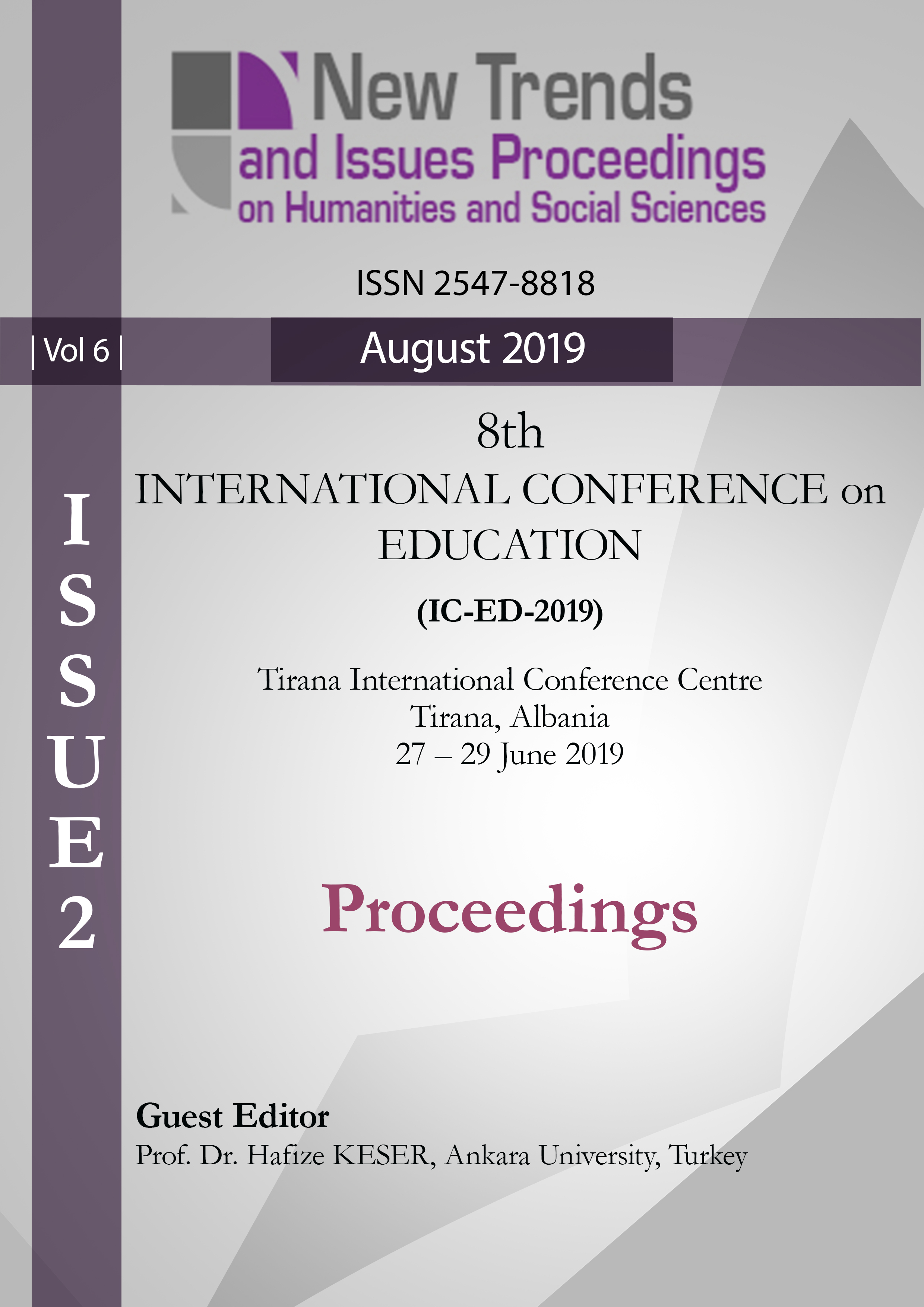Prevention of invasive species in the context of lower secondary education
Main Article Content
Abstract
Biological invasions are recognised as a potentially major threat to biodiversity and may have considerable economic and social effects. Public, including pupils, attitudes may have large implications for invasive species management in terms of prevention, early warning and eradication success, but significant is the relations between the lay public’s visions of nature, their knowledge about non-native species and their perceptions of invasive species management. The more direct experience people have with the impact of invasive species, the more likely they will be able to understand the potential benefits of management programmes. The aim of our work was to prepare educational materials about invasive organisms for elementary schools. Some of them were subsequently applied directly in practice as part of an excursion in a schoolyard in west Slovakia, where up to six species of invasive plants were identified in the close proximity to the school.
Keywords: Biological invasions, prevention, education, excursion.
Downloads
Article Details

This work is licensed under a Creative Commons Attribution 4.0 International License.
Authors who publish with this journal agree to the following terms:- Authors retain copyright and grant the journal right of first publication with the work simultaneously licensed under a Creative Commons Attribution License that allows others to share the work with an acknowledgement of the work's authorship and initial publication in this journal.
- Authors are able to enter into separate, additional contractual arrangements for the non-exclusive distribution of the journal's published version of the work (e.g., post it to an institutional repository or publish it in a book), with an acknowledgement of its initial publication in this journal.
- Authors are permitted and encouraged to post their work online (e.g., in institutional repositories or on their website) prior to and during the submission process, as it can lead to productive exchanges, as well as earlier and greater citation of published work (See The Effect of Open Access).
